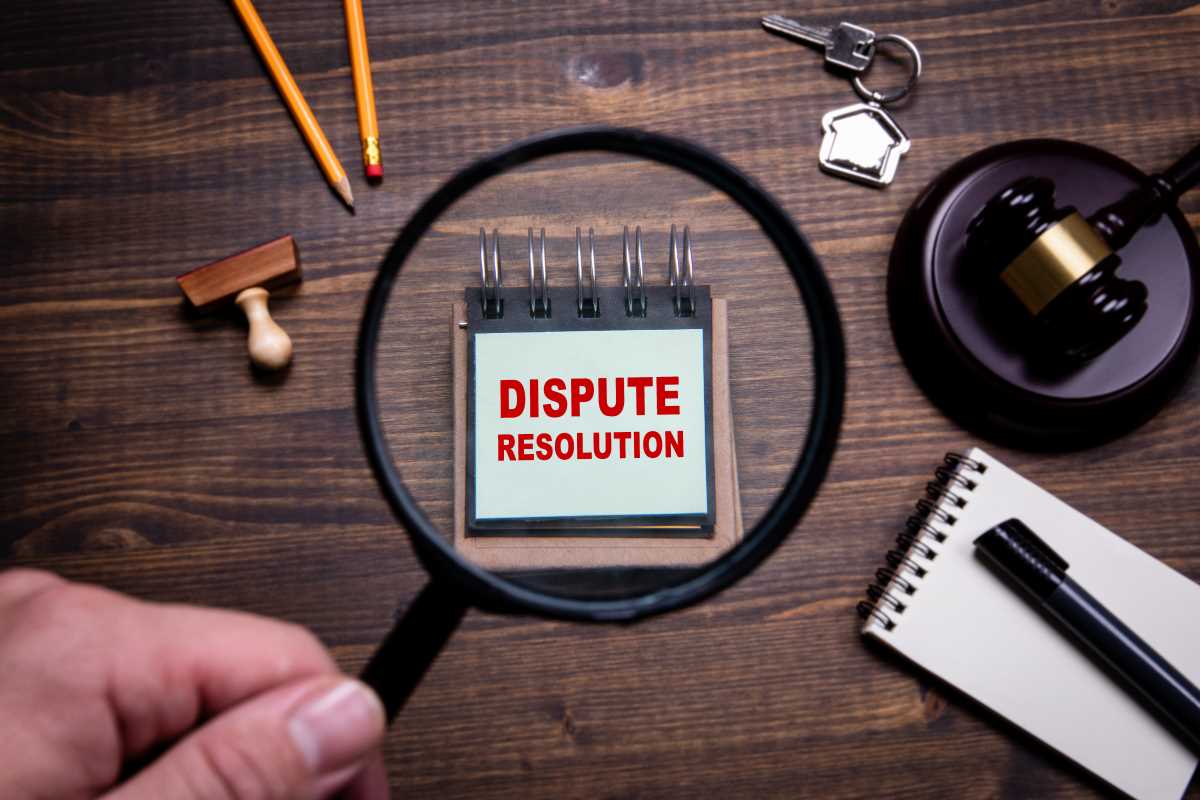Patent infringement disputes often bring a mix of complex technical issues, tight legal deadlines, and significant risk. When you face such challenges, define your objectives at the very beginning—whether you aim to enforce your patent rights, negotiate a settlement, or evaluate the validity of your claims. Clear goals help you stay focused as you gather evidence, prepare court documents, and make important decisions. Careful organization prevents important details from being overlooked, especially when you manage multiple deadlines and specific court requirements. Staying organized and proactive gives you a stronger position as your case moves forward.
Remember, every dispute has its own twists. A software patent fight differs from a medical device clash, so tailor your approach to the technology involved. Build a timeline for key steps—patent searches, expert interviews, negotiation meetings—and update it as you move forward. Treat this timeline like the backbone of your defense or offense; adjust it if new information pops up.
Tip 1: Conduct a Thorough Patent Landscape Analysis
Before diving into a dispute, survey existing patents to see where both sides stand. A landscape analysis reveals overlapping claims, key competitors, and potential licensing partners. It’s not just about finding direct hits; you also track related developments and emerging alternatives. That context helps you anticipate counterarguments and craft stronger claims.
Break down your analysis with clear checkpoints:
- Search major patent databases for similar inventions.
- Identify expired or abandoned patents that could unlock workarounds.
- Pinpoint key players and licensing trends in your field.
- Assess patent strength by checking citation counts and claim breadth.
Tip 2: Build a Strong Evidence Portfolio
Courts rely on solid evidence to decide infringement and validity. Gather lab notebooks, design diagrams, prototype photos, and version histories. Document every step you took during product development. Time-stamped records become powerful proof that you created the invention on your own or that someone else clearly crossed the line.
Organize key facts using a numbered list:
- Chronology of development milestones with supporting materials.
- Comparison charts showing claimed features versus accused products.
- Test reports or performance data showcasing unique aspects.
- Affidavits from inventors and engineers explaining technical details.
Once you gather those materials, review each item with fresh eyes. Look for weak spots and gaps. Fill missing links early by interviewing team members and updating your records.
Tip 3: Use Alternative Dispute Resolution
Court battles can drain time and money. Mediation or arbitration often delivers faster outcomes with lower costs. In mediation, a neutral third party helps both sides talk through terms until they find common ground. Arbitration appoints an expert judge who issues a binding decision. Both paths let you keep dispute details private rather than airing them in public court filings.
To make the most of ADR, set clear parameters ahead of time. Agree on the scope of negotiations, confidentiality provisions, and how fees get split. Choose a mediator or arbitrator with relevant technical expertise so they grasp complex patent claims right away. That common understanding speeds the process and reduces misunderstandings.
Tip 4: Engage Qualified Technical Experts
Technical experts do more than explain inventions to judges and juries. They help you shape arguments, cross-examine opposing witnesses, and spot flaws in the other side’s case. Pick someone whose background aligns closely with your technology. A wireless communications expert won’t work well for a pharmaceutical patent, for example.
Once you onboard the expert, start prepping them early. Walk through key documents, prototype videos, and deposition transcripts. Conduct mock examinations to refine their testimonies. That rehearsal pays off when they present complex ideas in simple terms, making your case more persuasive.
Tip 5: Plan for Post-Settlement Compliance
Reaching an agreement doesn’t end the journey. You must follow the settlement terms or risk reopening the dispute. Draft a compliance roadmap that lays out reporting deadlines, license fees, royalty calculations, and any product tweaks you agreed to implement. Assign team members to key tasks and set internal check-ins to track progress.
Keep records of every compliance activity. If the settlement requires quarterly reports, store each file in a shared folder with timestamps and version notes. If you licensed technology, flag renewal dates and ensure royalty statements go out on time. Good record-keeping stops small missteps from turning into big problems.
At the same time, monitor industry changes that might affect your agreement. A modified standard or new regulation could impact product specs or licensing fees. Stay proactive so you can renegotiate terms before they become a headache.
Analyzing the landscape, gathering strong evidence, using ADR, consulting experts, and planning compliance help you manage patent disputes effectively.







